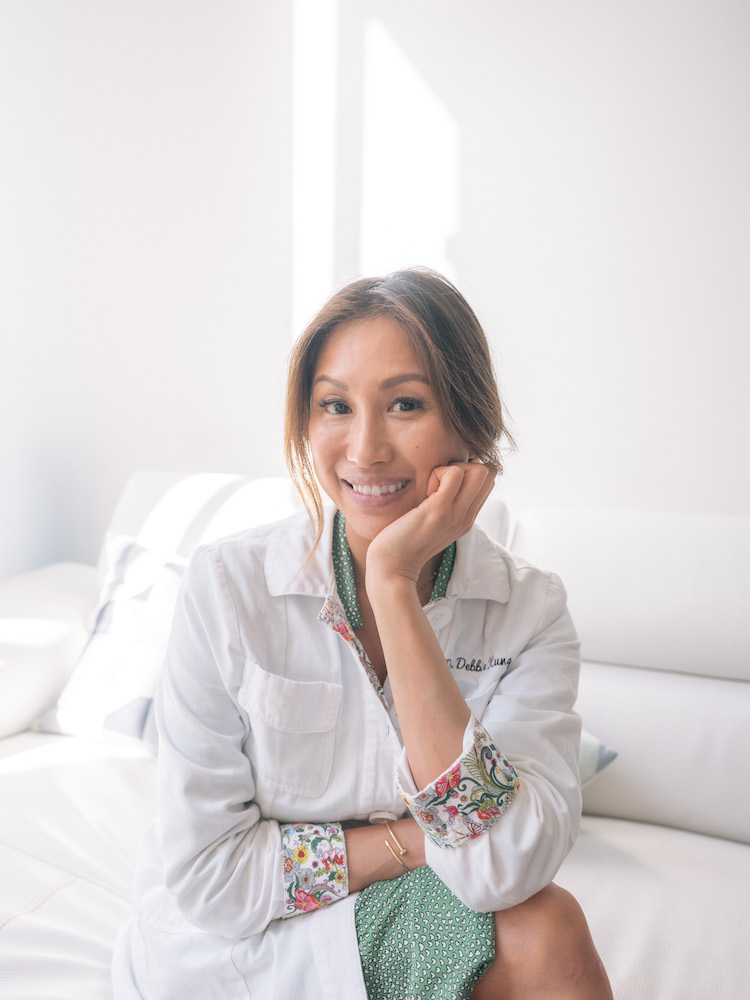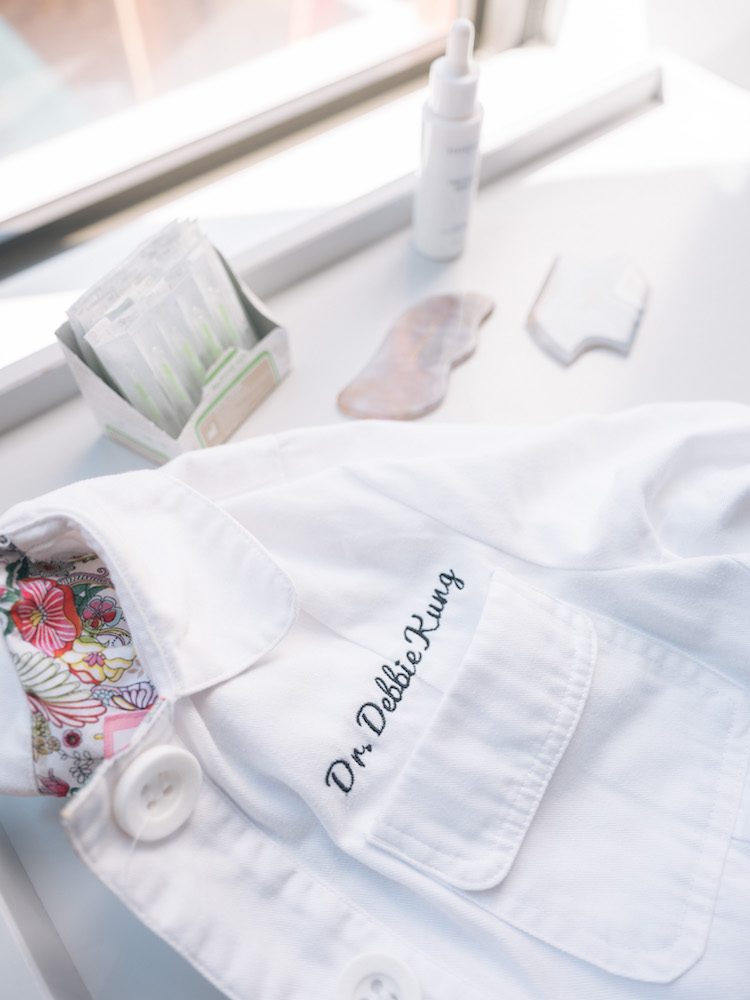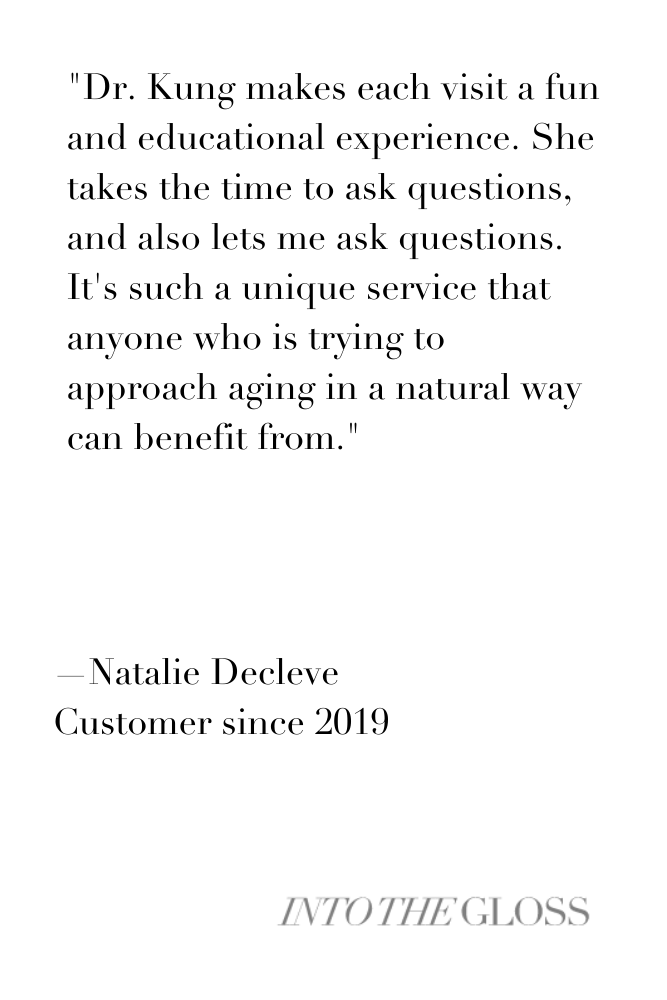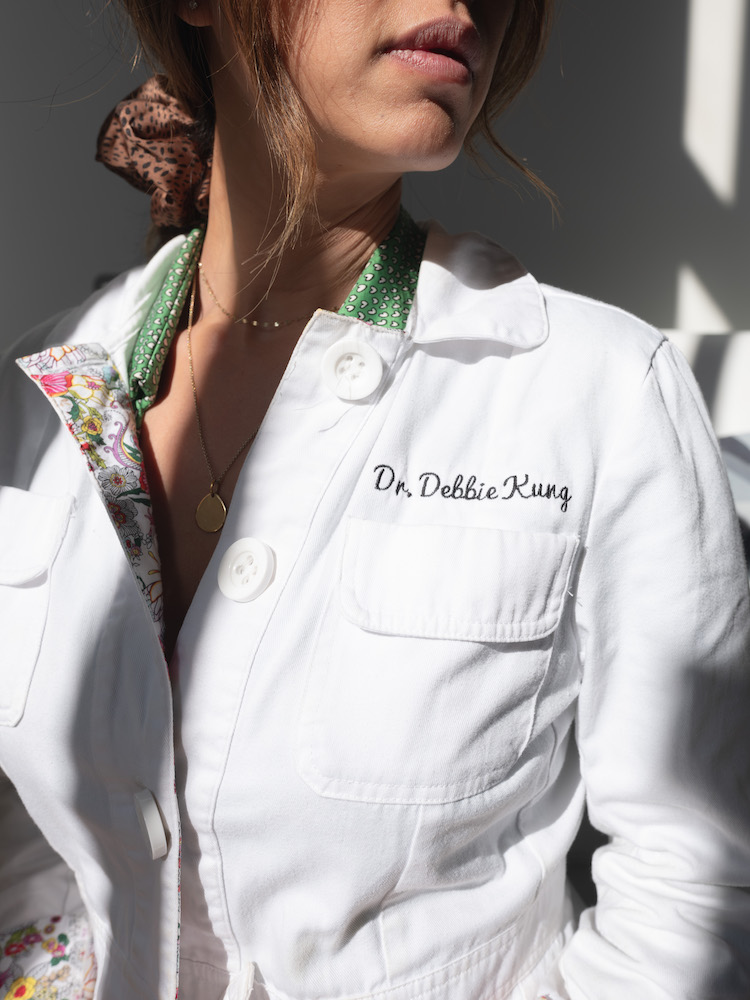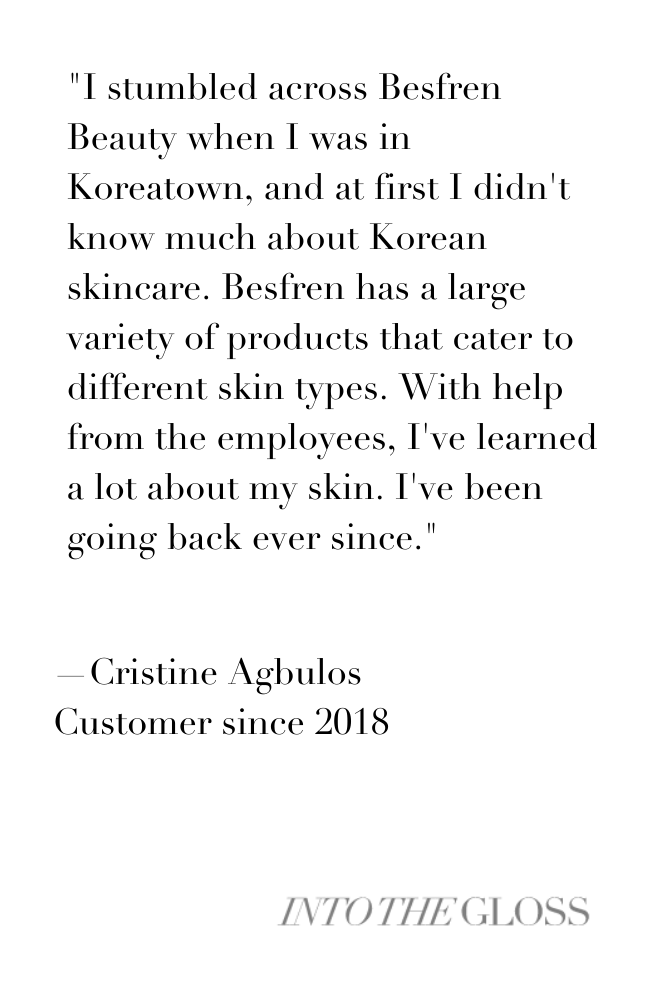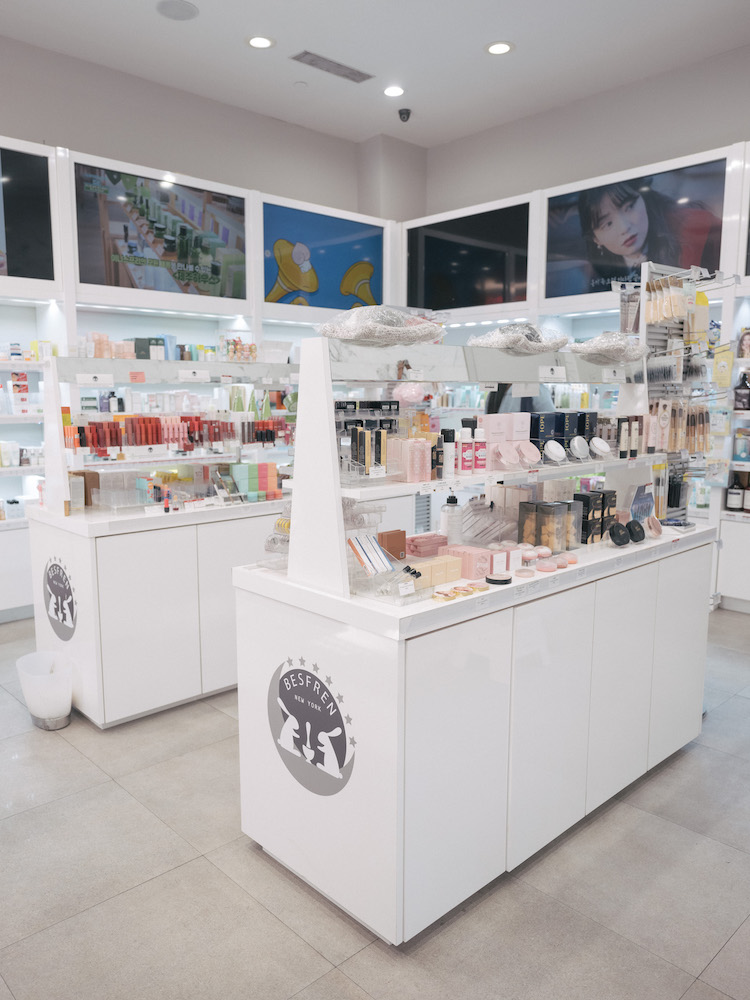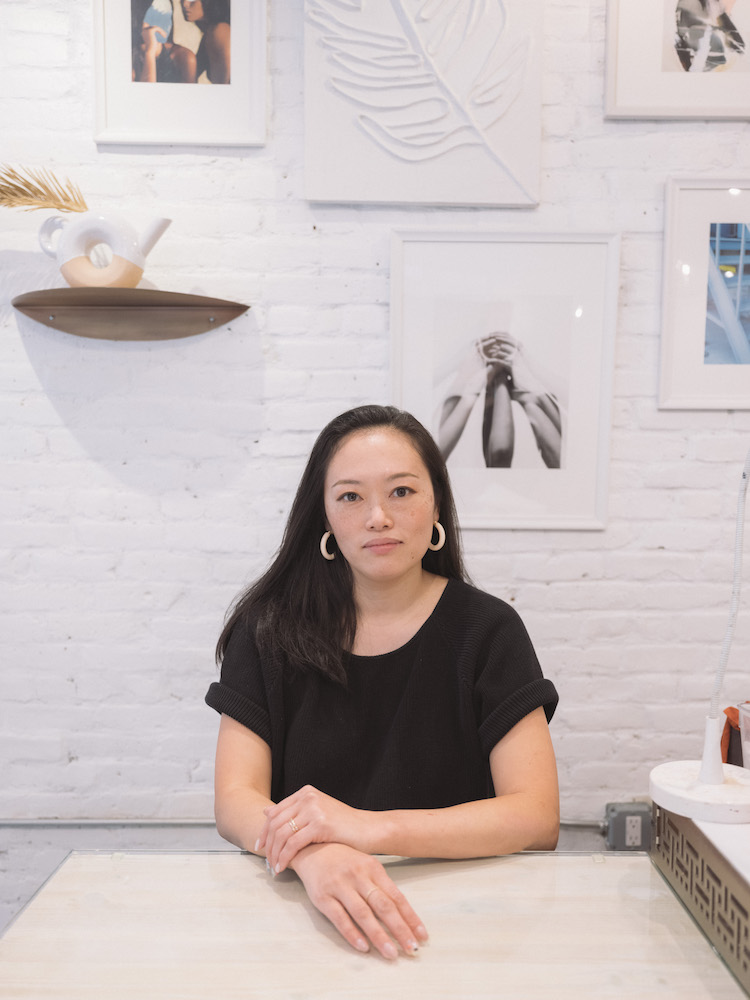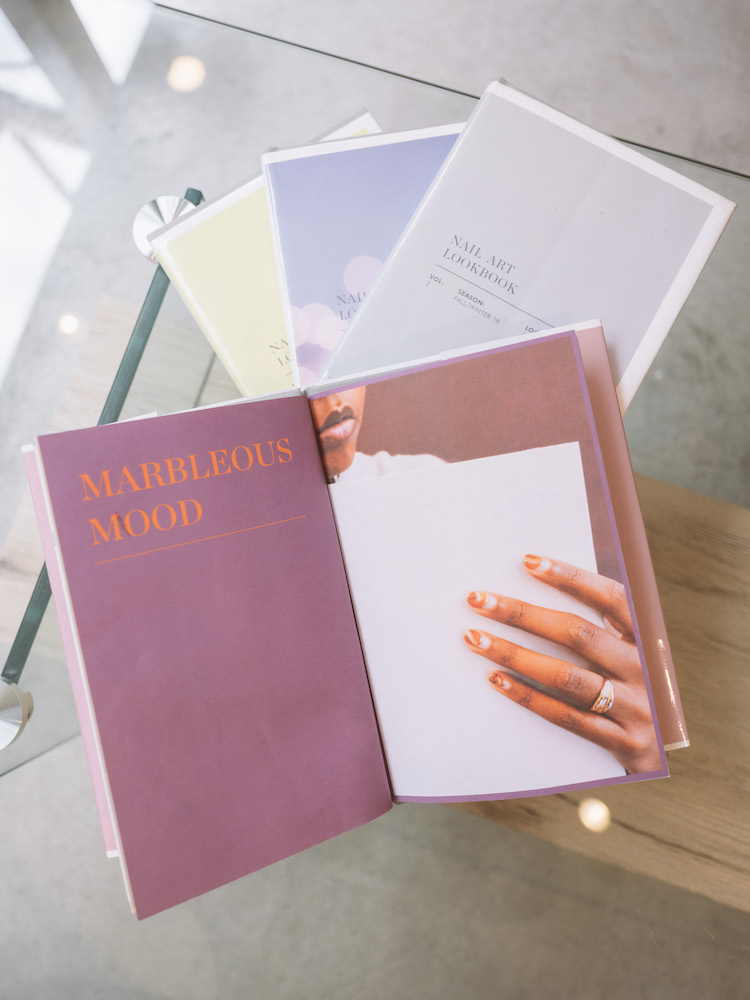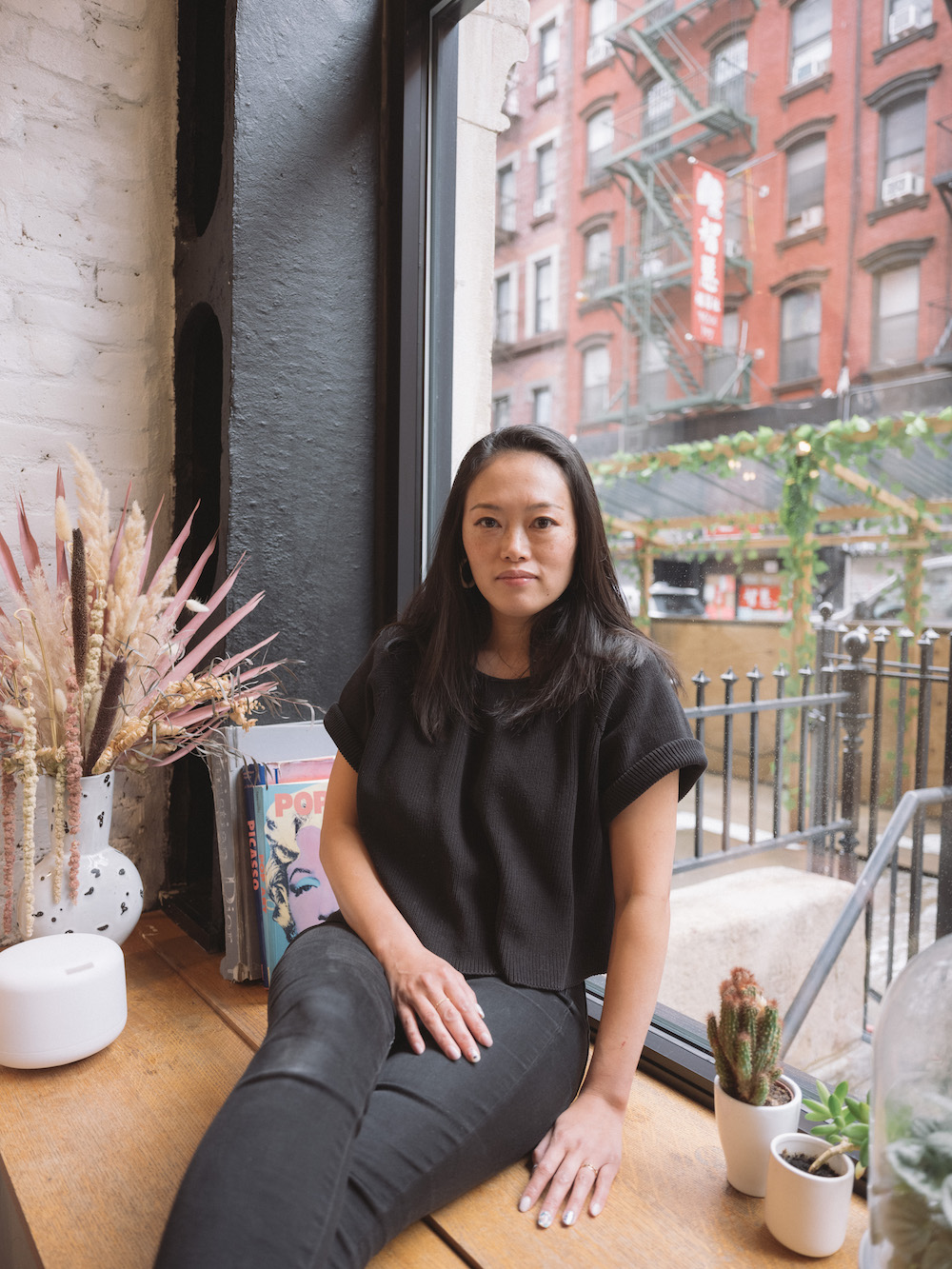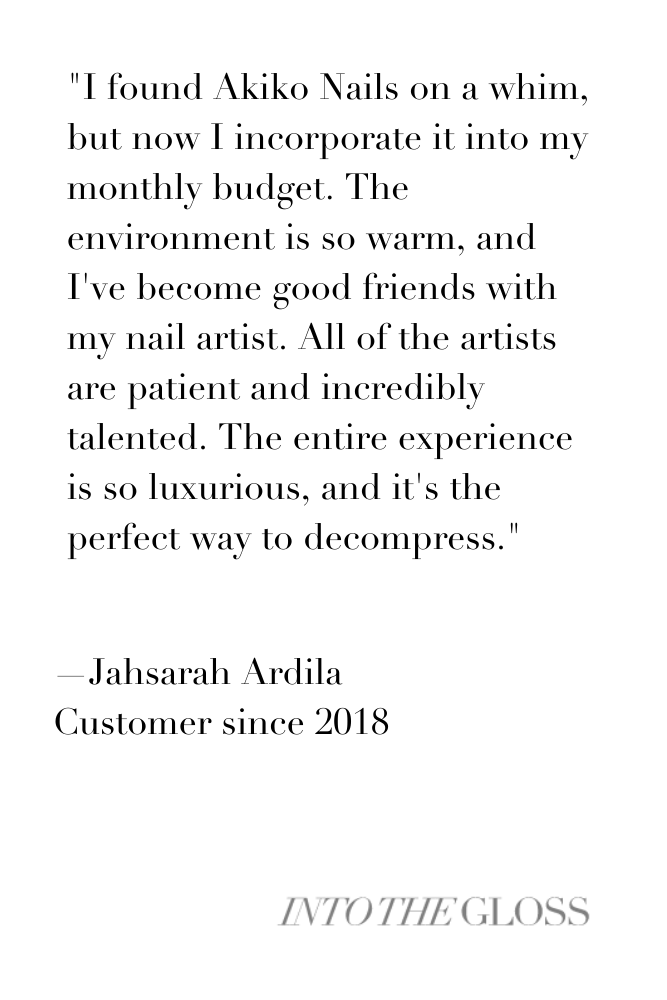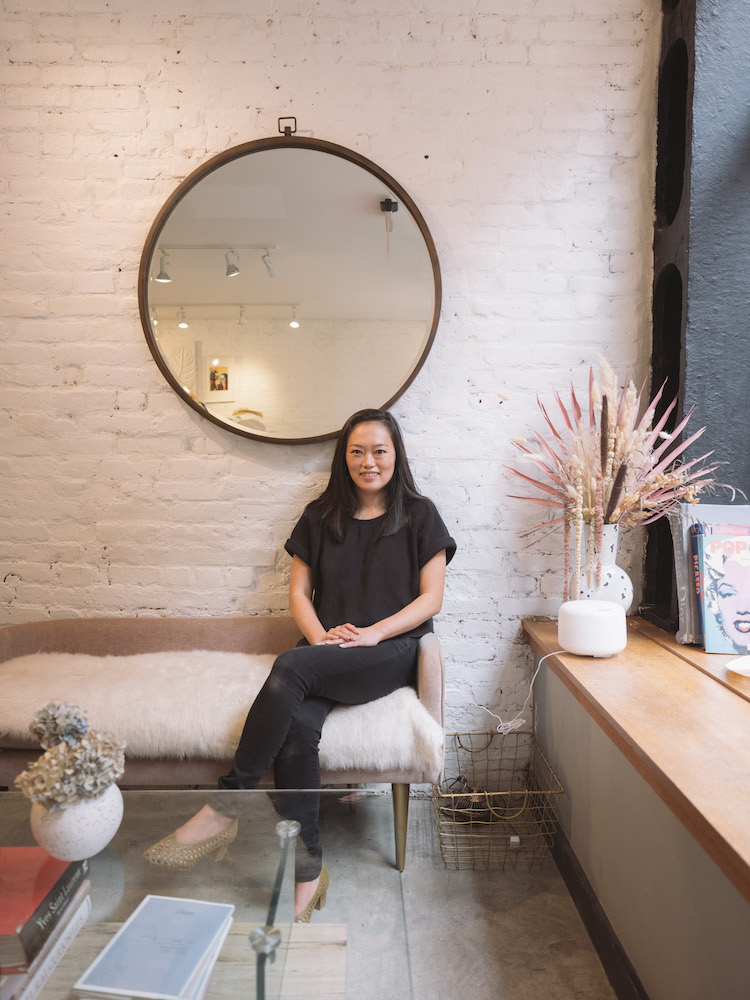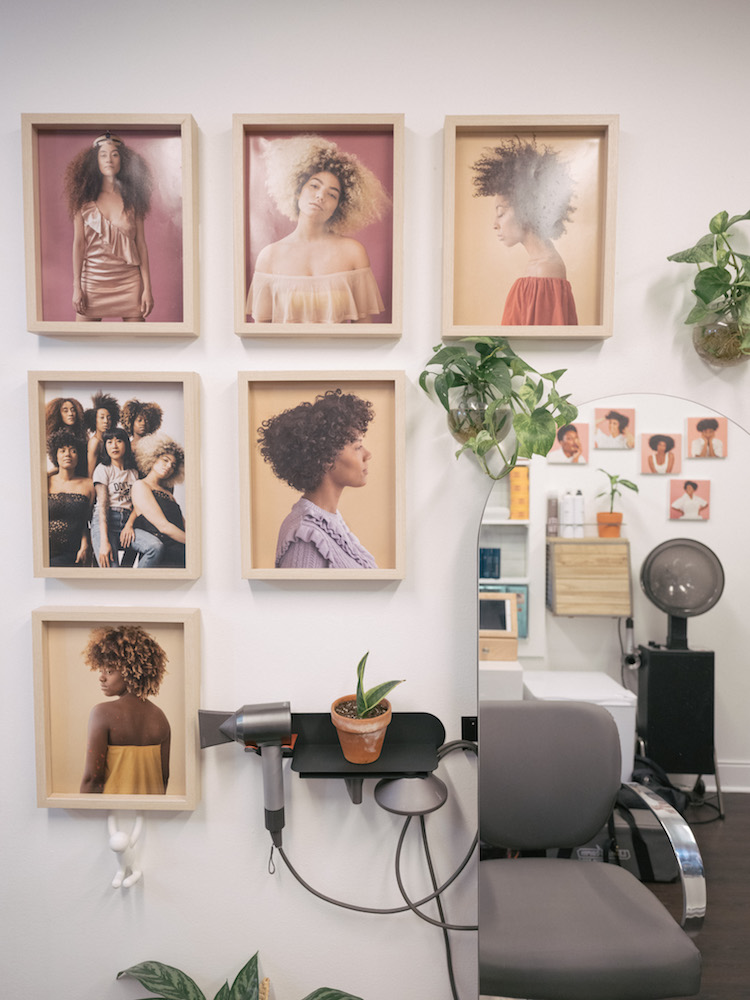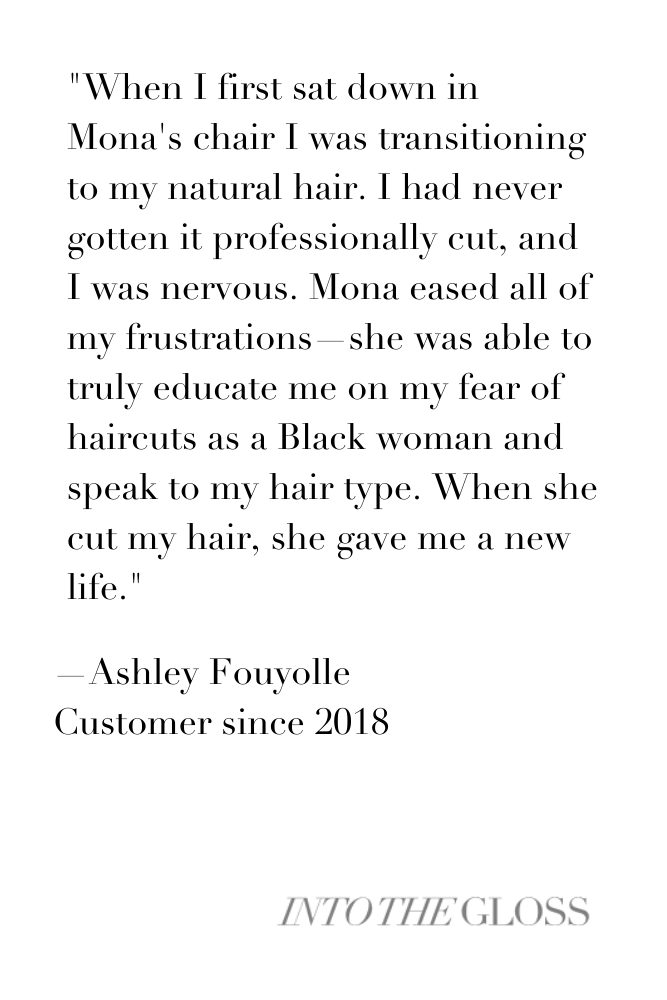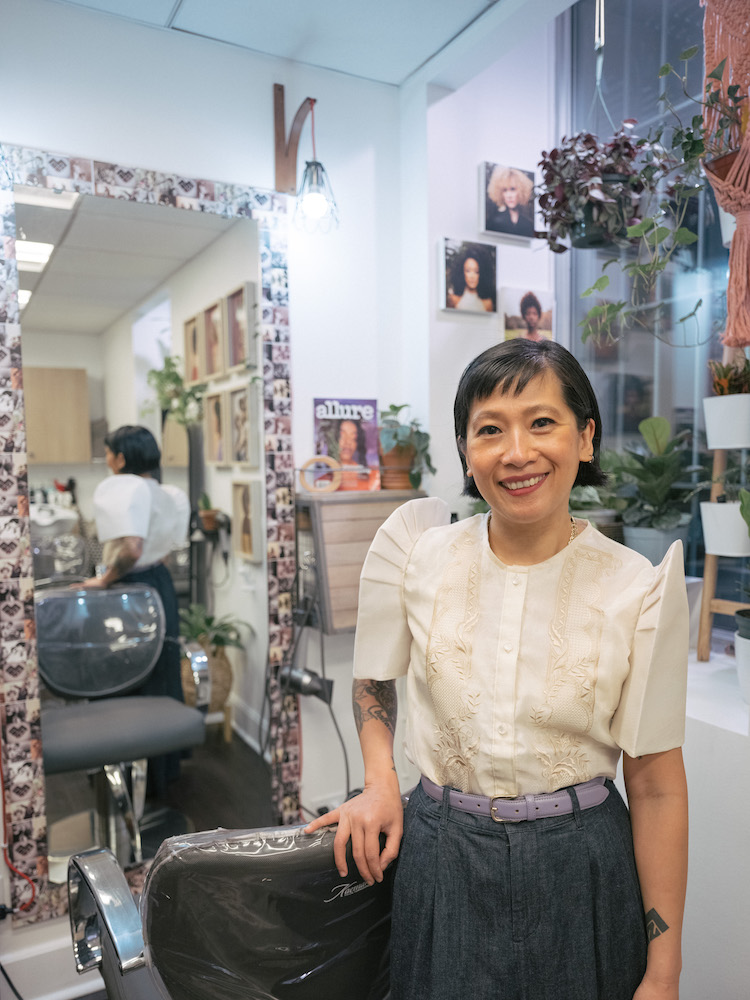Finding Beauty: Four Asian American Stories

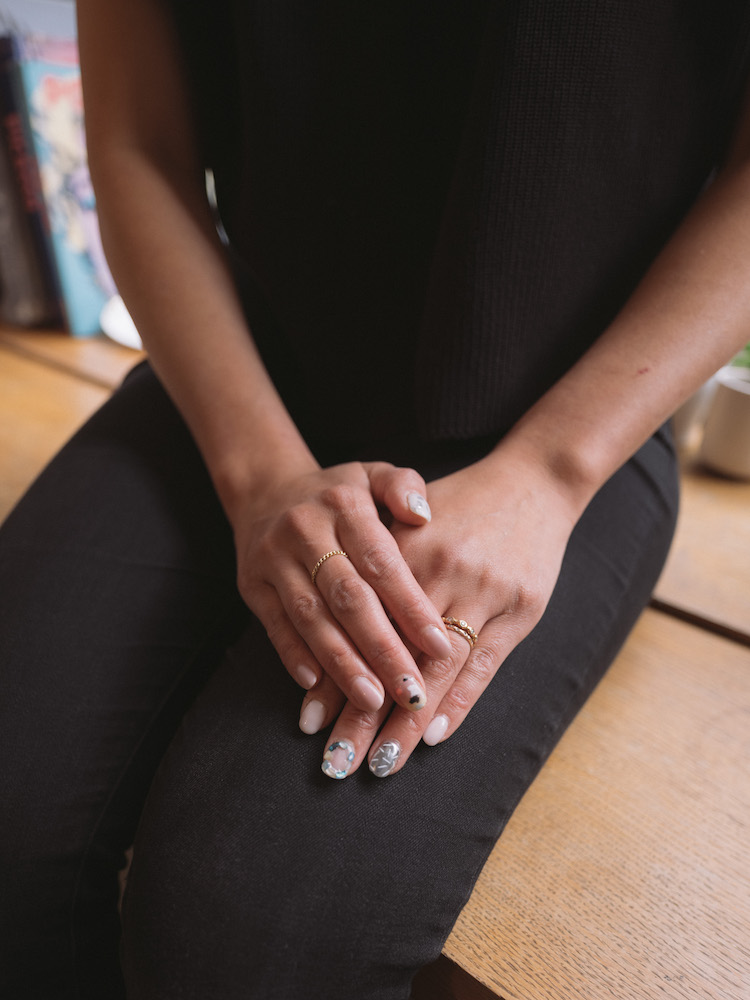
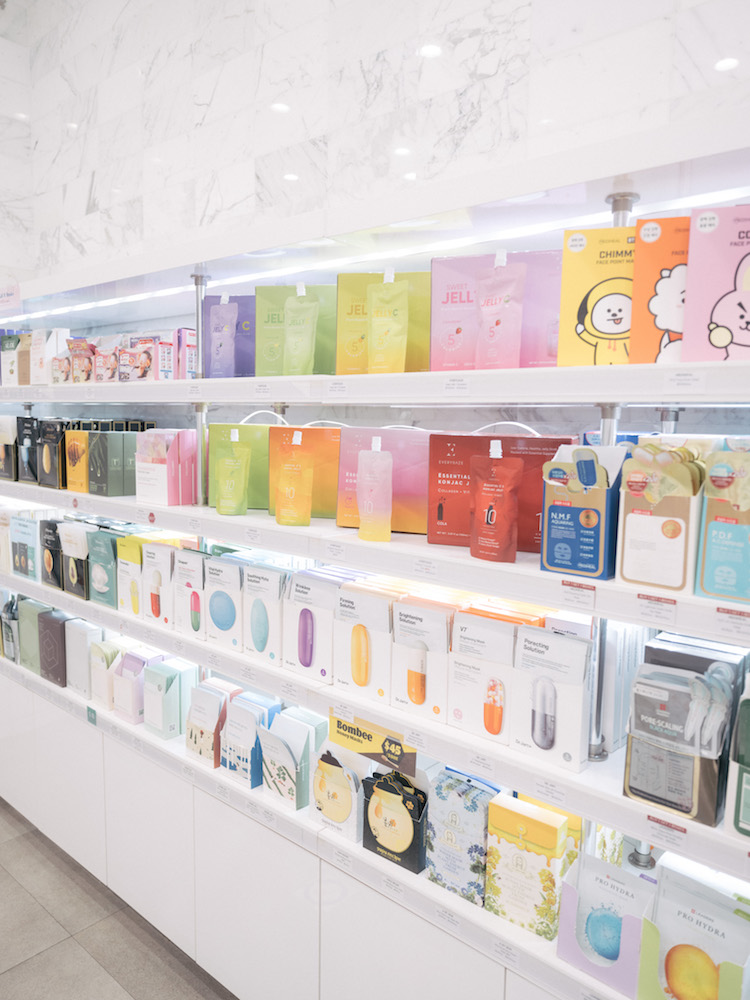
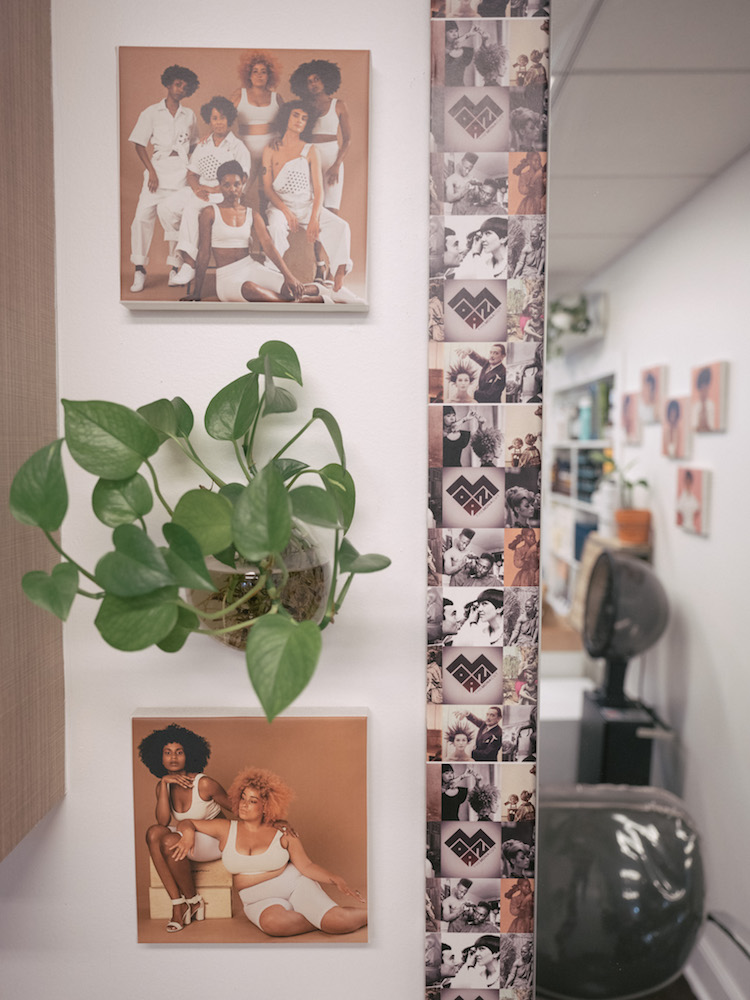
Photographed by Andrew Kung in New York.
A funny thing happened when I interviewed Asian Americans in New York's beauty industry. In the stories I heard, featuring four incredible business owners, I heard my own story too. I was born in Kyoto, Japan and my family immigrated to the US when I was just six months old. I spent the first five years of my life on the tiny Hawaiian island of Kauai amongst a large Asian community—a slow and comforting introduction into American culture. After that, my family relocated to a predominantly Caucasian town in the suburbs right outside Manhattan.
Compared to my older family members, I was more malleable and therefore excelled at assimilating to life in America. I quickly learned from my classmates what I should and shouldn’t be doing—I should go to the local deli for a salad and fries, I shouldn’t be bringing my mom’s homemade bento box for lunch. The older I got, the more I learned. Classmates on my school bus ranked the different “types of Asians,” while I got complimented on being “pretty for an Asian” and told numerous times that since “hooking up with an Asian is on every boy’s bucket list,” I was lucky.
Rather than feeling the pain of microaggressions, the confusion of social imposter syndrome, or the discomfort of calling someone out on their racism, I learned at a young age to distance myself from my culture and emotions. It was the easy fix. Typical to many who grew up in Asian households, I rarely received emotional support from my parents and never spoke about the struggles I went through with my sisters.
I hope that reading these stories will help non-Asians in America better appreciate the unique faces and stories behind Asian beauty products and services commonly enjoyed here. I also hope Asian American readers will take comfort in our similarities, and feel encouraged to share their own stories. I've spent this last year opening up to close friends who have listened to my experiences, and it's helped me start to accept my Asian identity. It’s time that we start talking about our experiences and cultures—the conversation begins here.
Photographed by Andrew Kung in New York.


